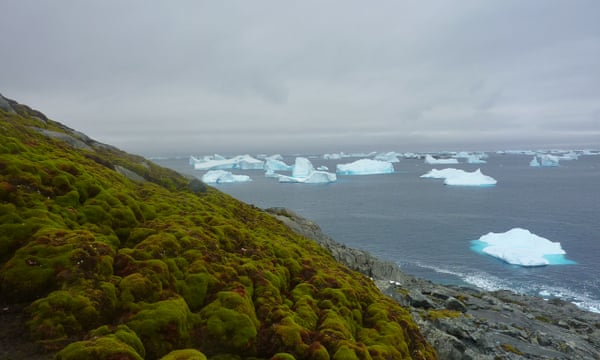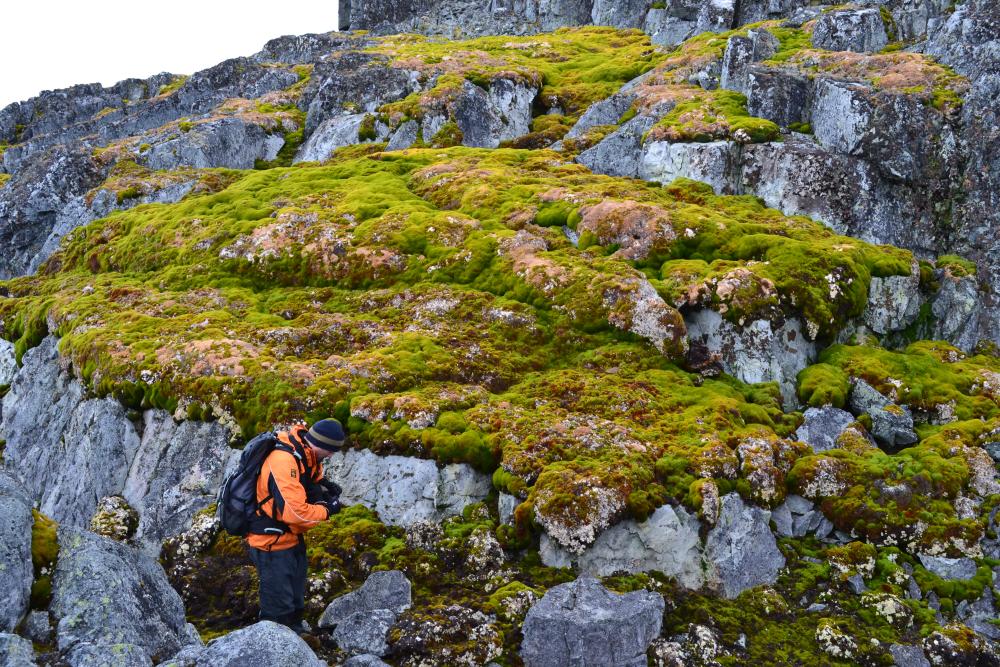"Informed AI News" is an publications aggregation platform, ensuring you only gain the most valuable information, to eliminate information asymmetry and break through the limits of information cocoons. Find out more >>
Antarctic Plant Growth Surges Amid Climate Change
- summary
- score


Antarctic plant cover has surged more than tenfold since 1986. Satellite data reveals a jump from less than one square kilometer to nearly 12 square kilometers by 2021. The growth, mostly mosses, accelerated post-2016. This greening signals global heating's impact on the Antarctic, which warms faster than the global average.
Dr. Thomas Roland, University of Exeter, notes the Antarctic remains largely ice and rock, but the plant fraction has grown dramatically. He warns future heating could alter the region's biology and landscape. The study, published in Nature Geoscience, uses Landsat images.
Prof. Andrew Shepherd, Northumbria University, corroborates the findings. He recalls visiting Larsen Inlet, where a beach, once buried under ice, now hosts a river with green algae. He calls it a "barometer of climate change."
The moss spread's acceleration from 2016 coincides with reduced sea ice around Antarctica. Warmer, wetter conditions favor plant growth. Mosses can colonize bare rock, fostering soil formation and potentially inviting invasive species.
Dr. Olly Bartlett, University of Hertfordshire, highlights the risk of non-native species arriving via visitors. Previous studies show increased moss growth rates and the spread of Antarctica's two native flowering plants. Green algae also blooms on melting snow.
This greening underscores the Antarctic's vulnerability to climate change. It mirrors the Arctic's greening and Greenland's rain, not snow, on its ice cap. The planet's poles, once thought immune, now show clear signs of human impact.
| Scores | Value | Explanation |
|---|---|---|
| Objectivity | 6 | Comprehensive reporting with in-depth analysis. |
| Social Impact | 5 | Significant influence on public opinion. |
| Credibility | 6 | Verified by multiple authoritative sources. |
| Potential | 6 | High potential for significant changes. |
| Practicality | 4 | Highly practical for real-world applications. |
| Entertainment Value | 2 | Slightly monotonous with few entertaining elements. |